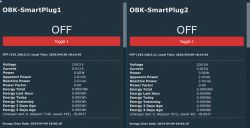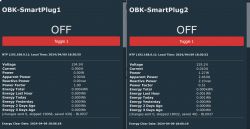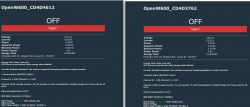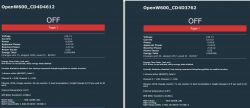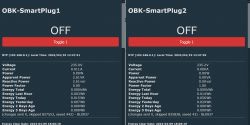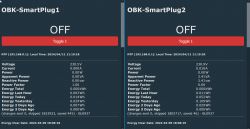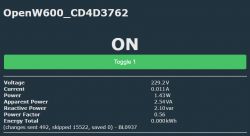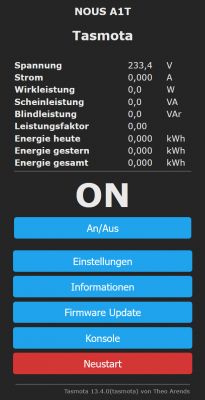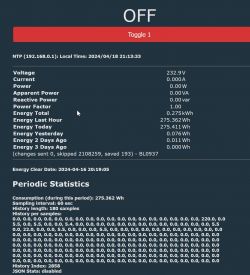@miegapele I don't think that's a real problem, but it's curiosity that drives the world in a positive way. But, okay, sometimes it costs a bit too much time in a way... ;-)
@p.kaczmarek2 I did some tests with my two Action-LSC things, a 1900W kettle and a 100W bulb. I compared them to a very carefully calibrated NOUS A1T (that also uses a BL0937) and a cheap energy meter that is supposed to be accurate to 1% (V) to 2% (W) - if one can believe it.
The NOUS with Tasmota displays all values somewhat less quickly and more smoothly. But I have managed to calibrate both LSCs to tighter tolerances. However, both remain somewhat differently "fidgety" as far as the reactive and apparent powers and the power factor are concerned. At the NOUS without load all figures remain steadily at zero.
But: When I connected only the LSC sockets to the NOUS, I had a suspicion: The NOUS also began to sporadically display reactive/apparent power and changing PF values of comparable magnitudes. Could it be that some connector brands also measure their own SPS's power consumption?
Unfortunately

I don't feel like opening the LSCs again and examining the circuit because of the fiddling with that somewhat special housings. Maybe
@cicciobastardo can get his plugs open more easily and have a look?
Thanks so far for the support with "Jugend forscht" as we say in Germany when older men spend their time with old or new technical toys...
Have all a nice and curious weekend






